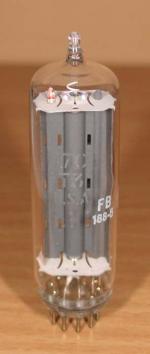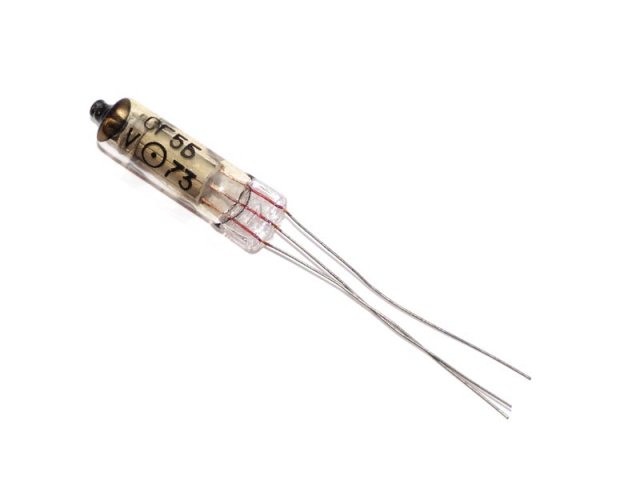Silicon diodes and now silicon carbide diodes can exceed those specs. There are tube socket pin compatible solid state rectifiers people commonly use in old guitar amps.*
It would be hard to believe a tube rectifier can improve the measured audio specs of a preamp or amp. The imperfections in tube rectifier power supply design, like the sag, can contribute distortion to guitar amps for artistic reasons.
Tube or solid state rectifiers, the power supply mains transformer is going to produce roughly your plate voltage AC which will create the attendant high voltage electrical fields inside the chassis where low voltage signals are found.
If people want to continue to use tube rectifiers, it is their choice.
Seems people like repeating the same old nonsense and assumptions.
I have both guitar and hifi amps.
The "guitar amp" was an old Bogen PA unit which is more than 70yrs old which I upgraded both to 230V op with a vintage British EI transformer and the whole PSU. (made in 1949 btw!).
It doesn't suffer significant SAG at all, mostly because it uses Choke input filter for the main HT, while I upgraded the valve rectifier for the Screen grid from a small one to a large one. (that makes a huge difference to the stability of the screen grid supply, which anyone at GEC or Mullard would always tell you is the secret of clean high power)
The main so called SAGGY HT supply starting through a silicon bridge is then fed to a valve rectifier as DC where both diodes in it are paralleled. That gives it a quiet HT supply with a nice surge free warm up.
As a result, the main HT (using a silicon bridge) is running over 630V instead of the original saggy 480-500.
The original dirty 50W output -was only clean-ish to about 25, now hammers out a genuine clean 75, and being AB2 gives a crazy dirty 130 when being driven into "clip". It's sort of a Jekyll and Hyde amp.
Everyone who has played on it says it kicks A so madly it makes any 100W Marshall or Mesa sound weak at the knees.
The secret? Getting the BIAS derived from a stable source, rather than the original resistor chain, and changing the original NFB loop, while using large 150V gas stabilisers for the screen supply - nothing to do with the stuff you wrote.
I have an identical pair of the HO50 of the same age which I also upgraded for home cinema use.
They use a completely unobtanium quad of KT8C - which are basically a KT66 with funny bases and top caps.
The prices for vintage KT66 are insane, but TBQH I couldn't tell any difference either measured or in listening tests against the original 807s from JAN stocks.
That encourages me to believe those inflated prices for original GEC KT66 for Radford and Quad vintage amps are all BS.
The similar successful recipe was used for the PSU and a lot of care taken with the NFB and Bias circuits.
Again, the screen grid supply is derived from a valve rectifier.
They make an ultra clean 60W RMS into any load.
They don't have that upwardly spiralling curve of distortion you get as power increases, characteristic of all commerical valve amps I have ever tested, but there again the Audiophile crowd with their fancy power conditioners and blingy speaker cables would be poop their pampers if you ran flat out tests for hours into one of their "hifi" amps, and have never heard of running control grids (g1) into heavy +ve territory.
(I'm 100% sure they would blow up within 2 -5 mins)
I am aware the sound these old classics make has odd harmonic distortion - contrary to all those "valve experts"
banging on about valve amps only making "nice" even harmonics.
It's probably the combo of AB2 operation and beam tetrodes that give it the sound it has.
FYI, if you look up the data for KT66 and KT88, you will find they are fairly non linear IMD machines, which is why of course no amp maker will ever give you IMD figures at anything over 1W and the standard SMPTE test.
(60 Hz and 7 kHz, with 4:1 amplitude ratios).
If I wanted to make them better I would change the output transfomers - but hey why bother?
Finally the compact hifi amp I designed, which is thoroughly modern, and took me several years of late nights to decide on.
The screen grid supply is rectified with a silicon bridge but which is then fed into a special quality triode HT stabiliser circuit, with gas discharge voltage reference. (Russian made SG5V).
That ensures there is zero supply noise going into the AF circuit while being able to supply a lot of current to the 8 screen grids...(pentodes instead of beam tetrodes - cutting down IMD this way to almost zero).
The screen and main HT supplies are fed from seperate windings on the toroid transfo, so they can't interact.
ie. The whole idea that valve rectifiers sag is basically bollox.
If you feed them with rectified DC instead of AC I get a drop from idle to full 100W RMS power - both channels driven of barely 20V on the damper diode. Feeding again a choke input filter, the HT supply is ultra stable.
The specially made250VA core toroid transformer itself gives more voltage drop than that, and has been the only item which has gone up in smoke. (twice in fact - ONCE because of lightning)
The unit in a 3U case is so light it can travel with me on an aircraft as accompanied baggage. (under 17kg)
It looks like a solid state amp, because all the valves are hidden - nothing can be seen to be glowing, and can be dropped heavily without smashing it to pieces. (thanks aeroflot - they did exactly that!)
It can be powered off a UPS.
Driven flat out, my APC UPS states the whole unit is using 250W - which is quite OK inside a car. I doubt very much you would ever want to run the 2 x 50W of valve amp power in a car - you would end up deaf!
250VA in, for 100W of very clean distortion free audio is in my book pretty OK, considering the heaters use 50W.
Again, distortion stays well below audible threshold to within 1-2dB of clip.
All listening tests we did with it confirmed everybody thinks it sounds fantastic, and it is stable into any load, inductive, capacitive or resistive.
The output transformers? Transcendar, - clones of 1963 SCOTT 208.
Absolutely brilliant - sad, Gerry who makes them went out of business.


